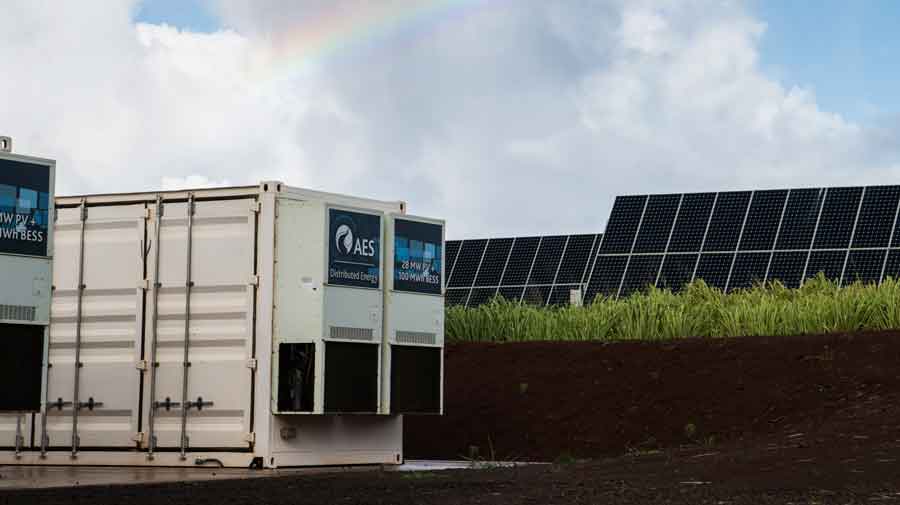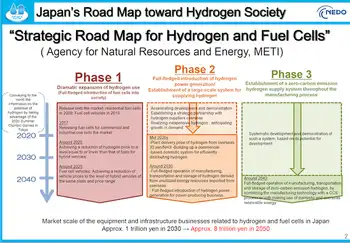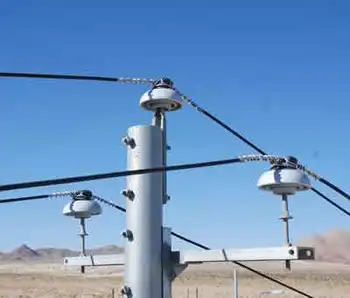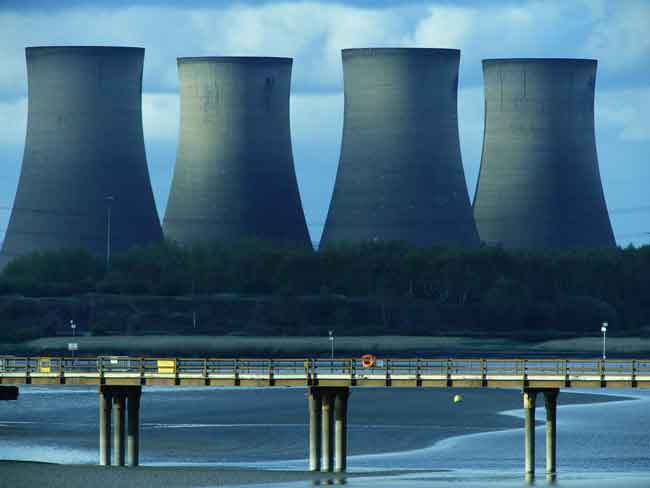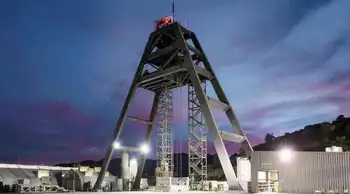Plan for nuclear storage Is slow to form
By New York Times
Protective Relay Training - Basic
Our customized live online or in‑person group training can be delivered to your staff at your location.

- Live Online
- 12 hours Instructor-led
- Group Training Available
As a result, the department is spending hundreds of millions of dollars to defend additional sites.
The G.A.O. had reported that the Energy Department was putting off making security improvements at some of the storage sites because the sites were due to be phased out. But the new report makes clear that the goal of shutting down some obsolete weapons and research centers, and simplifying the security job by centralizing “special nuclear material,” as bomb fuel is called, has yet to advance from concept to plan, let alone to finished project.
The Energy Department “has completed only two of the eight implementation plans for consolidating and disposing of special nuclear material,” the new report found, and it cited problems with those two plans.
Representative Joe L. Barton, the Texas Republican who is the ranking member of the House Energy and Commerce Committee and who requested the study, said in a statement: “We’re just trying to get to the point where the D.O.E. has a plan. Two years have passed by since we asked about a plan, and still no plan.”
A spokesman for the National Nuclear Security Administration, part of the Energy Department, did not dispute that planning was moving more slowly than anticipated but said that shipments of some radioactive materials had begun. The spokesman, Bryan Wilkes, said the department had to acquire certification of the storage and shipping containers, institute security and safety requirements, and address legal and environmental impacts.
“Whenever special nuclear materials are moved, a lot of unforeseen challenges arise,” he said in an e-mail message. “When planning an operation of this size and sensitivity, key issues of security, safety, environmental responsibility and public input take precedence over schedules.”
On Oct. 7, 2005, Charles E. Anderson, the principal deputy assistant secretary of environmental management, testified before Mr. Barton, who was then the chairman of the committee, and said he wanted to finish the planning “within a year or two,” and recognized “the urgency to make that closer to a year.” Asked if the department needed more money or other help from Congress to wrap up the planning, Mr. Anderson said no.
The concept is to remove plutonium and highly enriched uranium from Lawrence Livermore National Laboratory, in a part of California that is now largely suburban; surplus plutonium from the Hanford nuclear reservation in Washington State, a site that is mostly being decommissioned; and plutonium-238, used to generate heat for space probes, at Oak Ridge National Laboratory in Tennessee.
Highly enriched uranium from Sandia National Laboratory in New Mexico, and plutonium and uranium-233 from Los Alamos, also in New Mexico, would also be moved. Uranium-233 was manufactured decades ago from thorium, and can be used in weapons but is now considered impractical for that purpose.
The various materials would go to another Tennessee site, Y-12; the Savannah River Site, in South Carolina; Pantex, near Amarillo, Tex.; the Nevada Test Site; and the Idaho National Laboratory.
The report says that one problem is poor coordination among different parts of the department, including the divisions of environmental management, defense programs and nuclear energy. It said that terrorists might invade one of the sites and detonate a weapon, assemble an improvised nuclear explosive from the materials at hand or steal a weapon for use elsewhere.
A Republican staff member on the committee said that some of the plans might face local opposition at some point, but that so little had been done that so far there was little to which to object.
The G.A.O. said the Energy DepartmentÂ’s goal was to finish consolidating the material by 2008, but that this was unlikely.





